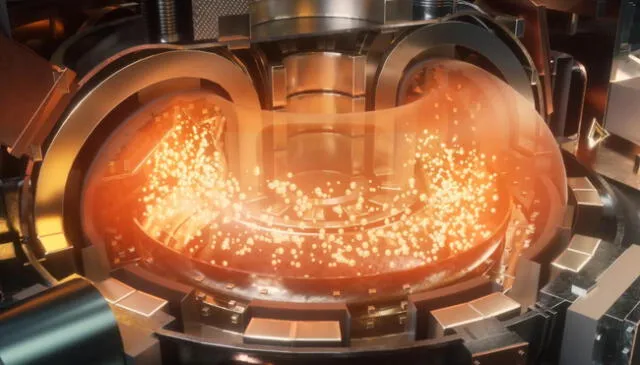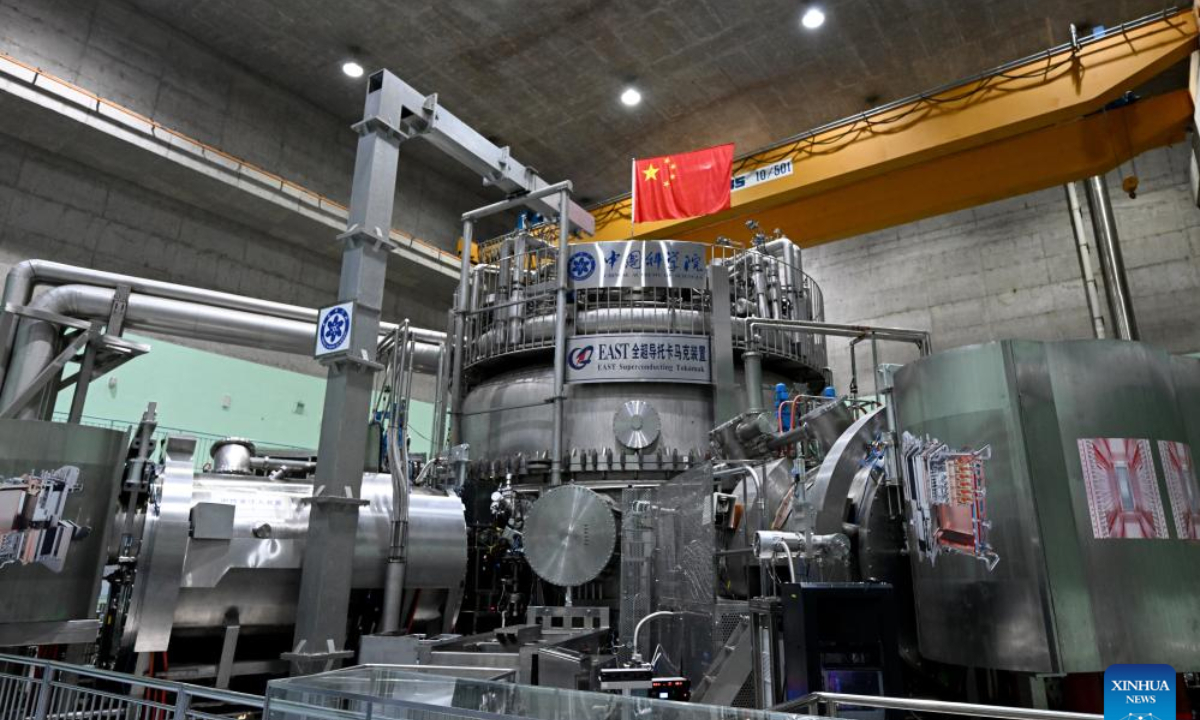China's 'artificial sun' sets new nuclear fusion record, sustaining plasma for over 1,000 seconds
Chinese scientists have achieved a significant breakthrough in nuclear fusion research, with the Experimental Advanced Superconducting Tokamak (EAST) sustaining high-temperature plasma for 1,066 seconds.

In a groundbreaking achievement, Chinese scientists have advanced the pursuit of clean energy by setting a new record in nuclear fusion research. The Experimental Advanced Superconducting Tokamak (EAST), often referred to as China's "artificial sun," successfully maintained a high-temperature plasma for 1,066 seconds, surpassing its previous record of 403 seconds.
This milestone brings researchers closer to replicating the sun's energy production on Earth, offering the potential for a near-limitless, clean energy source. Nuclear fusion, the process powering the sun, involves fusing light atomic nuclei to release energy. Achieving sustained fusion on Earth requires maintaining extremely high temperatures and stable plasma confinement, challenges that EAST's recent accomplishment helps address.

ALSO SEE: Donald Trump withdraws the U.S. from Paris Climate Agreement, advocates for fossil fuel expansion
Key Milestone in Fusion Research
The 1,066-second operation is considered a significant step in fusion research, demonstrating the feasibility of maintaining stable plasma for extended periods. According to the Chinese Academy of Sciences, this achievement provides invaluable insights for developing functional nuclear fusion power plants.

Chinese ‘artificial sun’ sets milestone record toward fusion power generation. Photo: Global Times.
Implications for Clean Energy
Harnessing nuclear fusion holds the promise of providing a virtually inexhaustible and clean energy source, as it produces minimal nuclear waste compared to current fission reactors. The success of EAST's experiment is a promising development towards achieving this goal, potentially revolutionizing the global energy landscape.
China's Commitment to Fusion Research
China's significant investment in fusion technology underscores its commitment to leading the development of sustainable energy solutions. The advancements made by EAST not only highlight China's growing capabilities in scientific research but also contribute to the global efforts in addressing energy and environmental challenges.
This achievement is crucial in the pursuit of nuclear fusion as a viable energy source. Nuclear fusion, the process powering the sun, has the potential to provide a nearly limitless and clean energy supply. However, replicating and maintaining the extreme conditions necessary for fusion on Earth presents significant challenges. EAST's recent accomplishment demonstrates progress in sustaining the high temperatures and pressures required for fusion reactions over extended periods.
Despite this advancement, several hurdles remain before nuclear fusion can be harnessed for practical energy production. One of the primary challenges is achieving a net energy gain, where the energy produced by the fusion reactions exceeds the energy input required to sustain them. Additionally, developing materials capable of withstanding the intense conditions inside a fusion reactor is essential. China aims to construct the world's first industrial prototype fusion reactor by 2035 and make the technology commercially available by 2050.